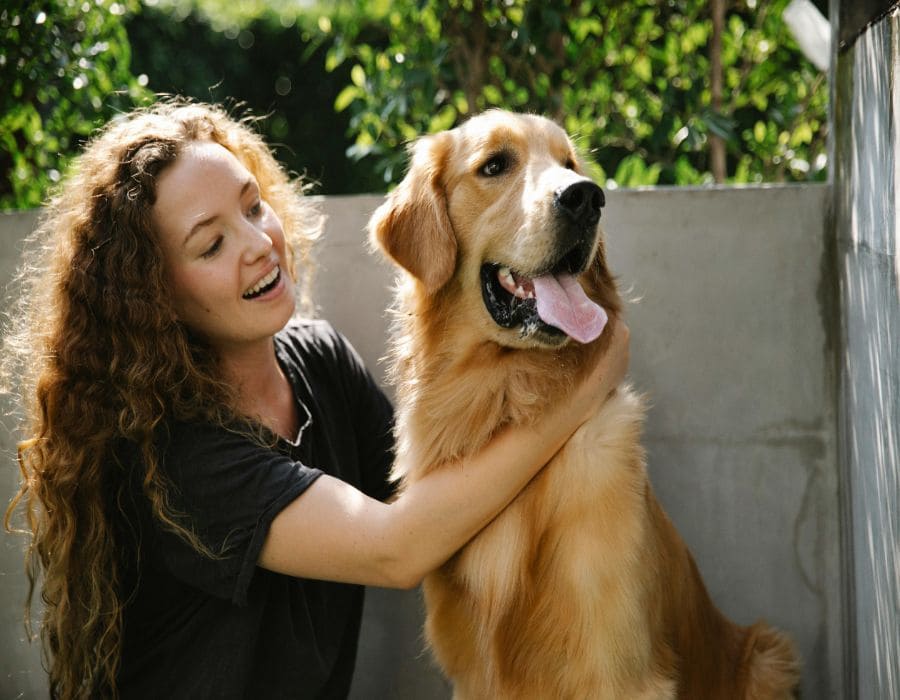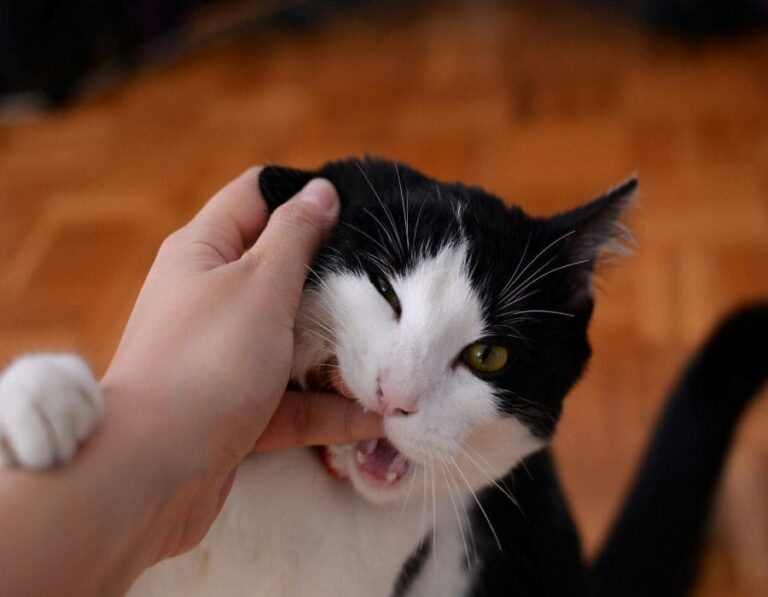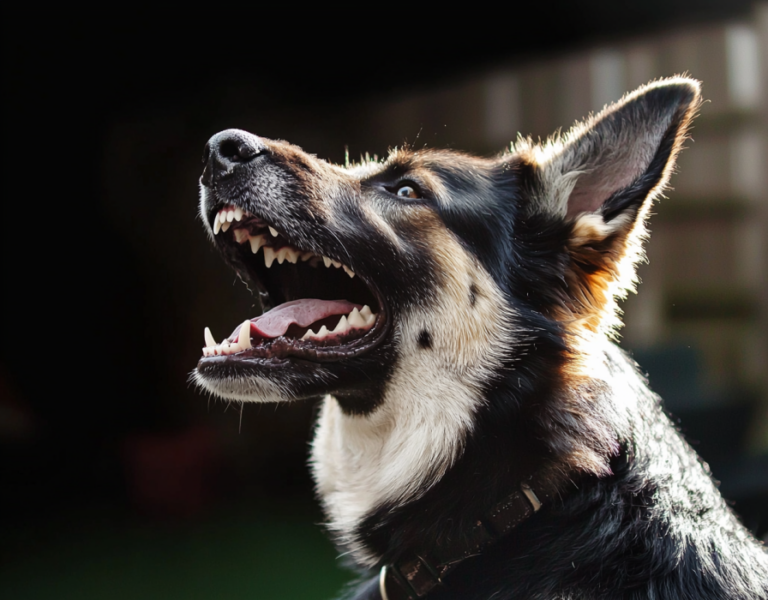13 Clear Signs Your Dog is Ready for Advanced Training
One might think of dogs as dumb creatures, and it’s might be true! Watching your furry friend chase their own tail in a circle doesn’t help rebuke this myth either. But despite what one might think, our canine friends have the surprising ability to shock us with their cognitive intelligence.
While mastering “sit” and “stay” marks an important milestone, certain behaviors can mean that your doggo is smarter than you think and would do well with advanced training. Check out these 13 signs that will help you figure out if you need to call the local dog trainer and enrol your pupper in advance training!
The Foundation: Command Mastery Across Contexts
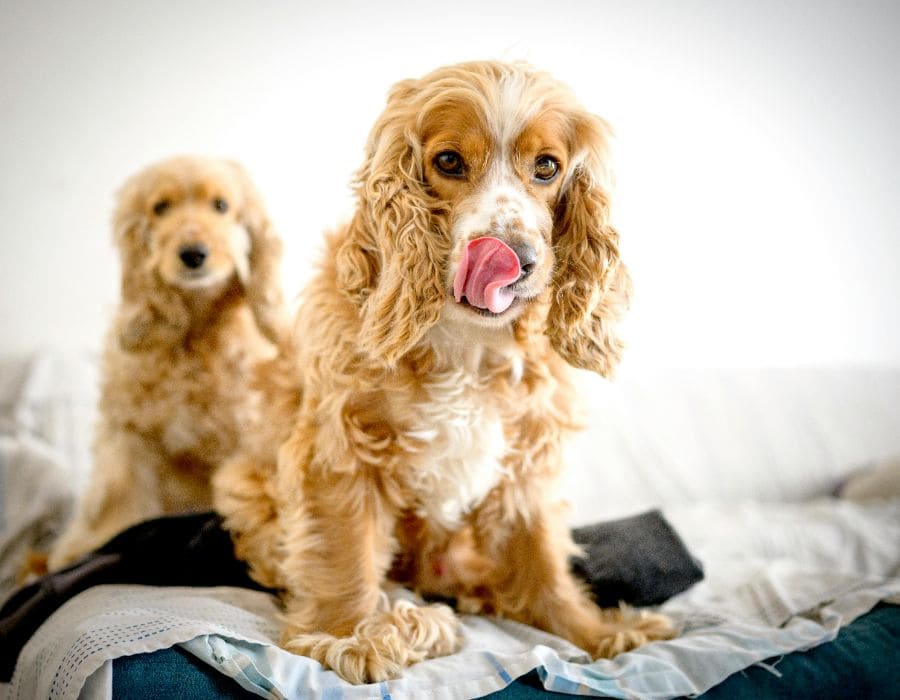
If your dog maintains a perfect “stay” while squirrels dart nearby, or executes a flawless recall despite the tempting scents of a barbecue, you have a genius at your hand. Such reliability across varied environments isn’t just obedience – it reveals developed impulse control and focus that form bedrock capabilities for advanced work.
The Language of Eyes and Understanding
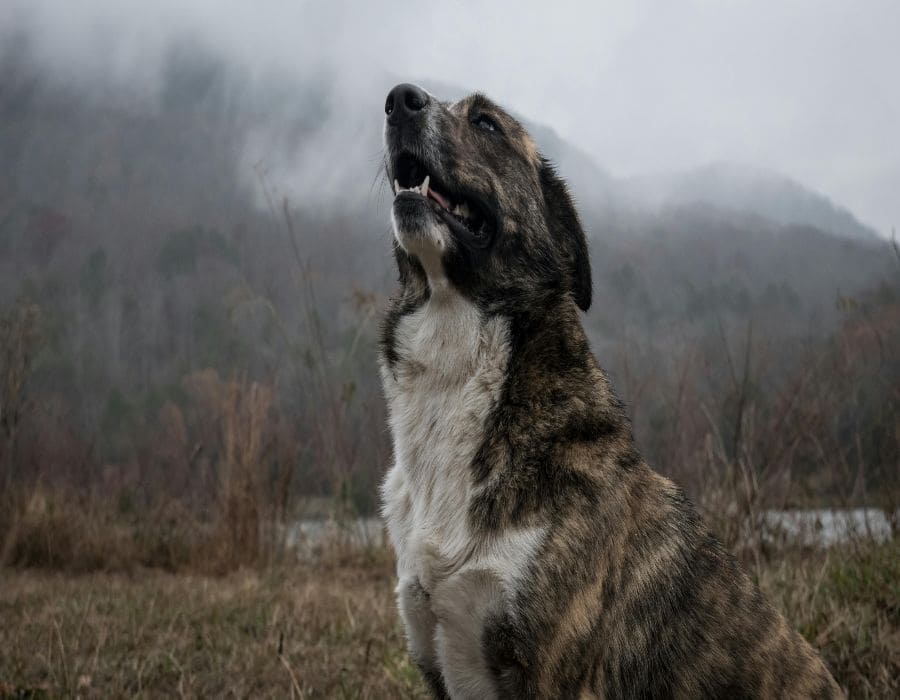
Beyond fleeting glances lies a deeper connection. Advanced-ready dogs engage in sustained eye contact, their heads tilting thoughtfully as they study their handler’s expressions. This sophisticated social awareness manifests in an almost uncanny ability to read subtle facial cues and body language shifts.
Delayed Gratification: The Ultimate Test

Watch closely when treats appear. Dogs prepared for advanced work demonstrate remarkable restraint – waiting calmly as rewards are prepared, resisting dropped food without command, pausing before claiming offered treats. Such emotional maturity speaks volumes about their readiness for complex training protocols.
The Problem-Solver’s Mind
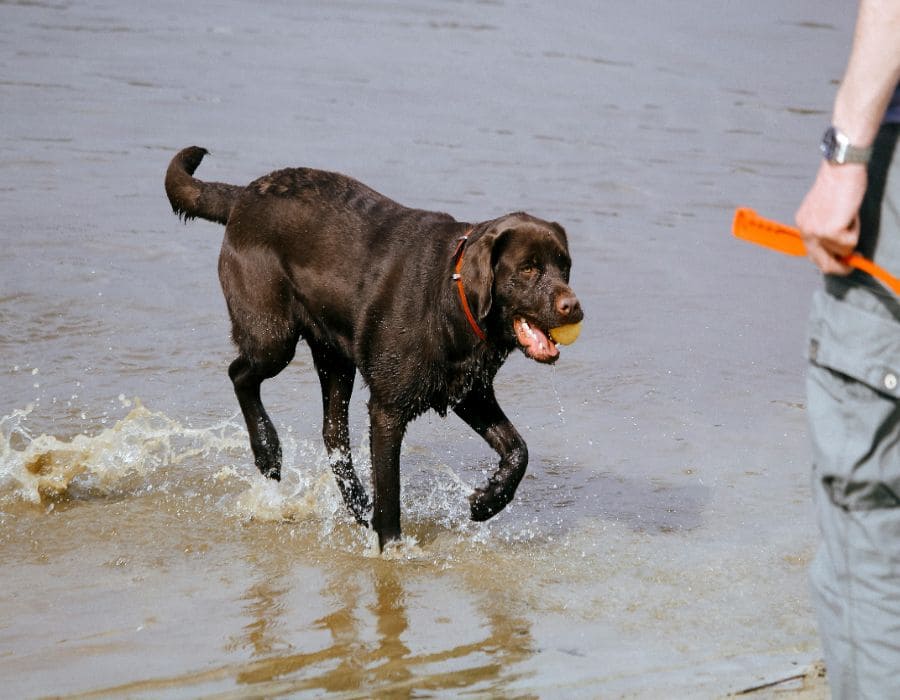
Intelligence shines through creative solutions. These dogs might use objects as tools, discover alternate routes to goals, or show innovative approaches to challenges. Their cognitive sophistication suggests an ability to grasp multi-step commands and complex cause-effect relationships.
Lightning-Fast Learning Curves

When new commands click after just a handful of demonstrations, rather than requiring endless repetition, it signals enhanced cognitive processing. This rapid association between cues and responses opens doors to sophisticated training sequences.
Focus Under Fire: The True Test
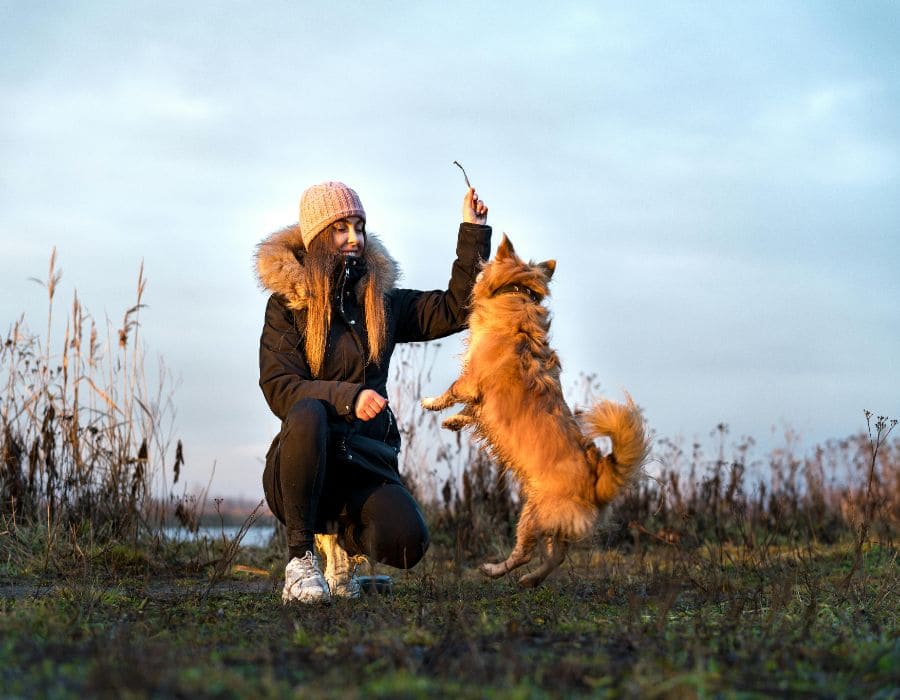
Advanced candidates maintain laser focus despite chaos – executing commands flawlessly at dog parks or during high-activity situations. This remarkable ability to filter distractions while maintaining performance indicates exceptional emotional development.
The Natural Check-In: Voluntary Connection

During off-leash freedom, some dogs frequently pause their exploration to make eye contact with their handlers. These unprompted check-ins reveal deep handler orientation and natural engagement – perfect foundations for advanced work.
Physical Intelligence in Motion

Watch how they move: Advanced-ready dogs display exceptional body awareness, navigating tight spaces with grace, maintaining balance on challenging surfaces, showing precise paw placement. This physical intelligence translates directly to complex training challenges.
Emotional Mastery: The Calm Within Chaos

Notice dogs who can flip switches – transitioning smoothly from play to focused attention, maintaining composure during excitement, responding to subtle calming signals. This emotional regulation enables sophisticated training progression.
Pattern Recognition: The Hidden Intelligence
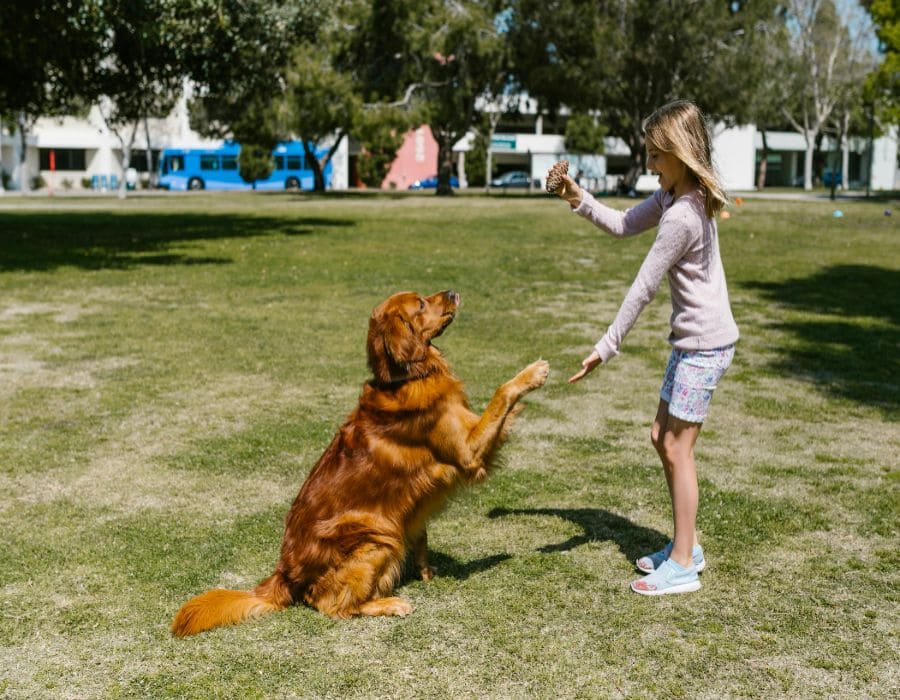
Advanced candidates demonstrate remarkable awareness of routines and sequences. They anticipate regular events, understand contextual cues, and grasp cause-effect relationships with surprising sophistication. This cognitive foundation supports complex command chains.
Command Discrimination: The Fine Details
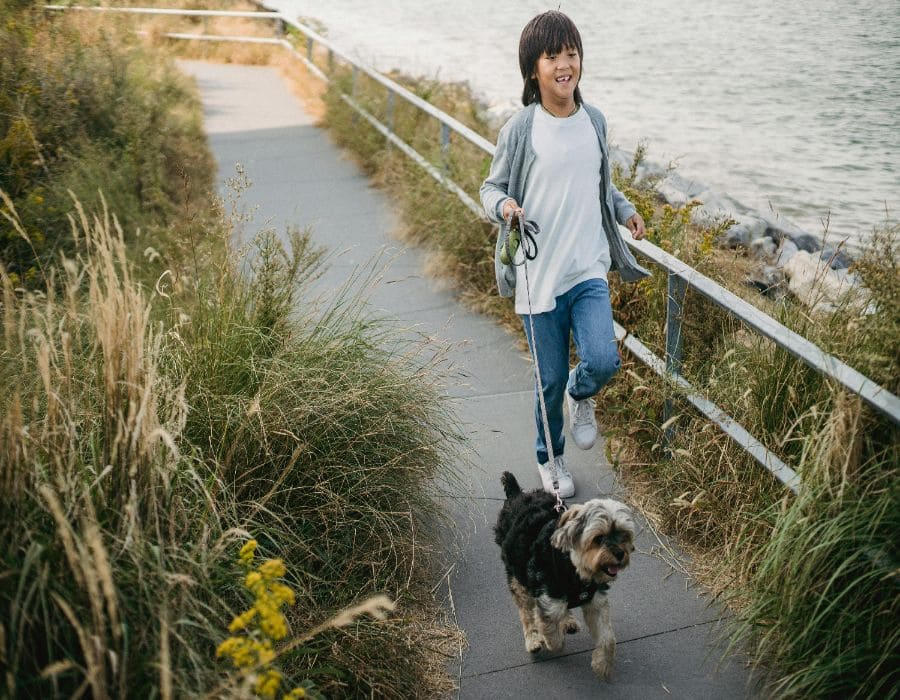
When dogs distinguish between similar-sounding cues or subtle signal variations, they’re displaying advanced discrimination abilities. This precision in command recognition reveals the mental acuity needed for sophisticated protocols.
Social Sophistication: The Canine Diplomat
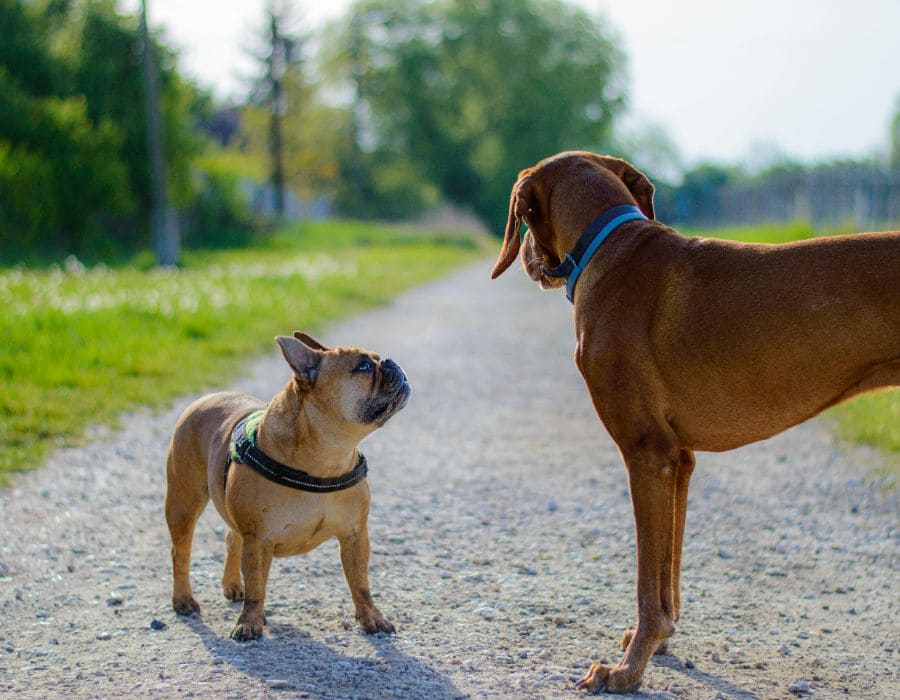
Observe interactions with other dogs: Advanced-ready candidates show remarkable social intelligence, adapting their play style to different partners, reading subtle body language, and showing appropriate conflict resolution skills. This social awareness often parallels enhanced trainability.
The Self-Starter: Training Initiative
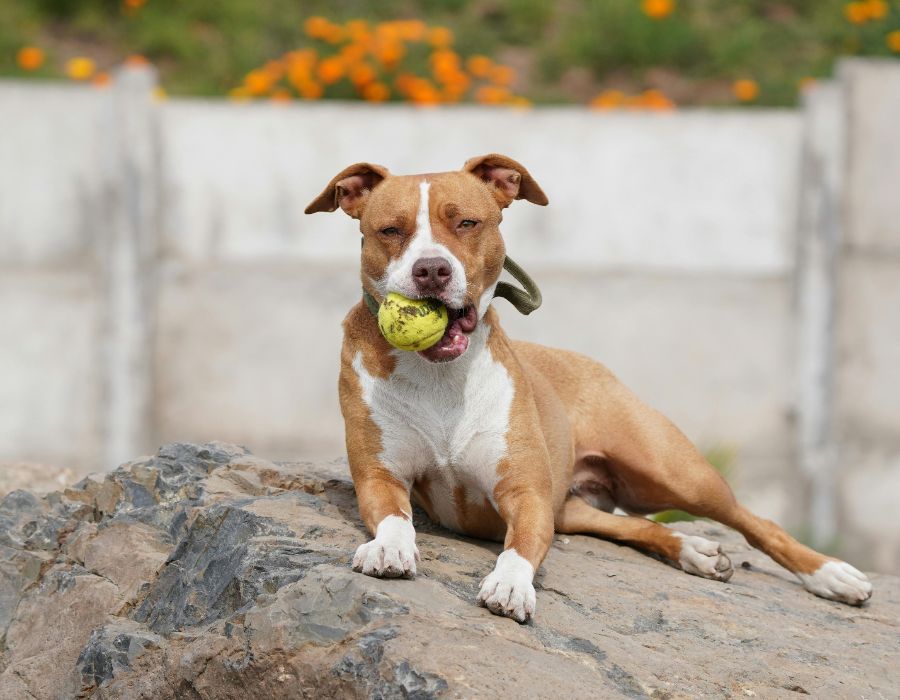
During sessions, these dogs often demonstrate remarkable initiative – offering known behaviors unprompted or attempting to anticipate next steps. This proactive engagement reveals both cognitive readiness and genuine enthusiasm for learning challenges.
Final Thoughts
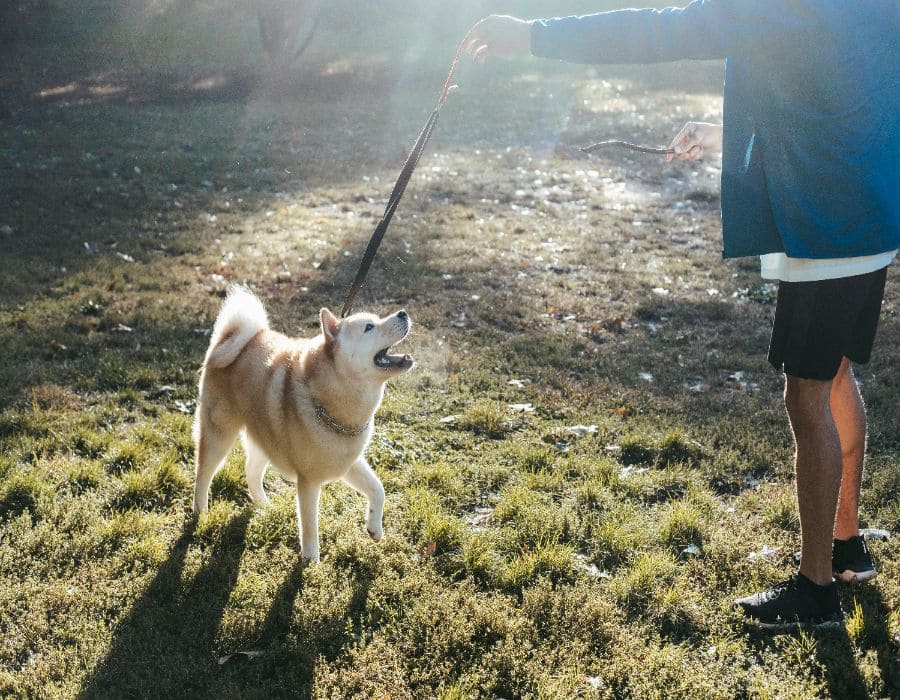
Recognizing these indicators helps handlers time their training progression thoughtfully, ensuring success while maintaining motivation. Advanced training strengthens the human-canine bond through shared accomplishment and enhanced communication – but only when both partners are truly ready for the challenge.

